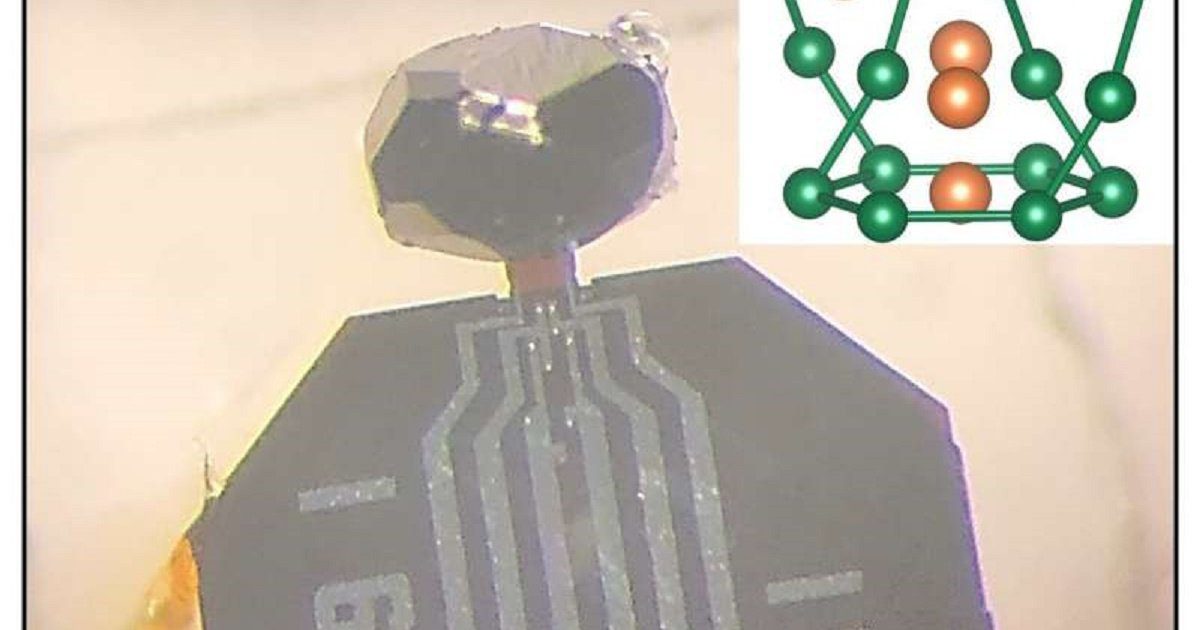Scientists from the United States have presented a new metal in which electrons move not as in solid, but as in liquid materials. It will allow the production of new electronic devices.
A team of researchers from Boston College has created a new metal sample in which electrons move in the same way as in liquids. Scientists have found that in a metal superconductor, the synthesis of niobium and germanium (NbGe2), the interaction between electrons and phonons changes the transfer of electrons from a diffusive, or particle-like, to a hydrodynamic, or liquid-like regime.
“Usually electrons are scattered by phonons, which leads to the usual diffuse motion of electrons in metals. Our experiment showed that when electrons interact strongly with phonons, they form a single electron-phonon liquid. The new liquid will flow inside the metal in the same way as water flows in a pipe, ”the scientists noted. This discovery will spur further exploration of the material and its potential applications.
Using a special technique, “quantum vibrations,” to estimate the mass of electrons in a material, the researchers found that the mass of electrons in all trajectories was three times the expected value. Scientists point out that this is an unexpected result for such a material.
“It was really amazing, because we did not expect such ‘heavy electrons’ in a seemingly simple metal,” the scientists noted. – We realized that the strong electron-phonon interaction is responsible for the behavior of heavy electrons. Since electrons interact with lattice vibrations, or phonons, they are pulled up behind the lattice, and it seems that they have acquired mass and become heavy. “
The next step of scientists will be to search for materials similar in properties – for this they will use the electron-phonon interaction. The team will also focus on controlling the hydrodynamic fluid of electrons in such materials and developing new electronic devices.












